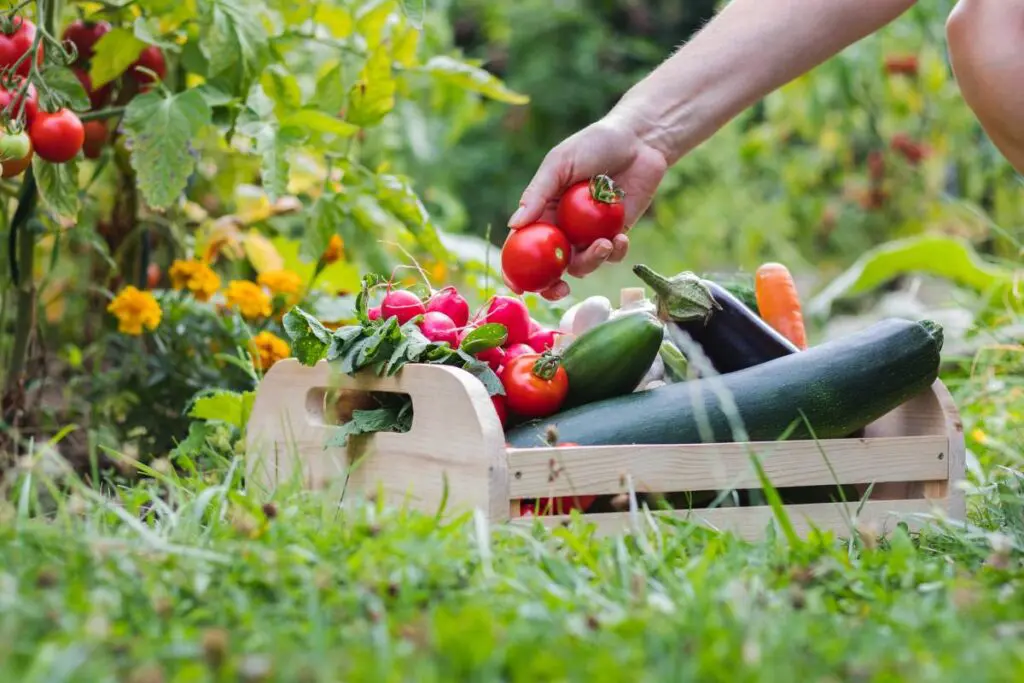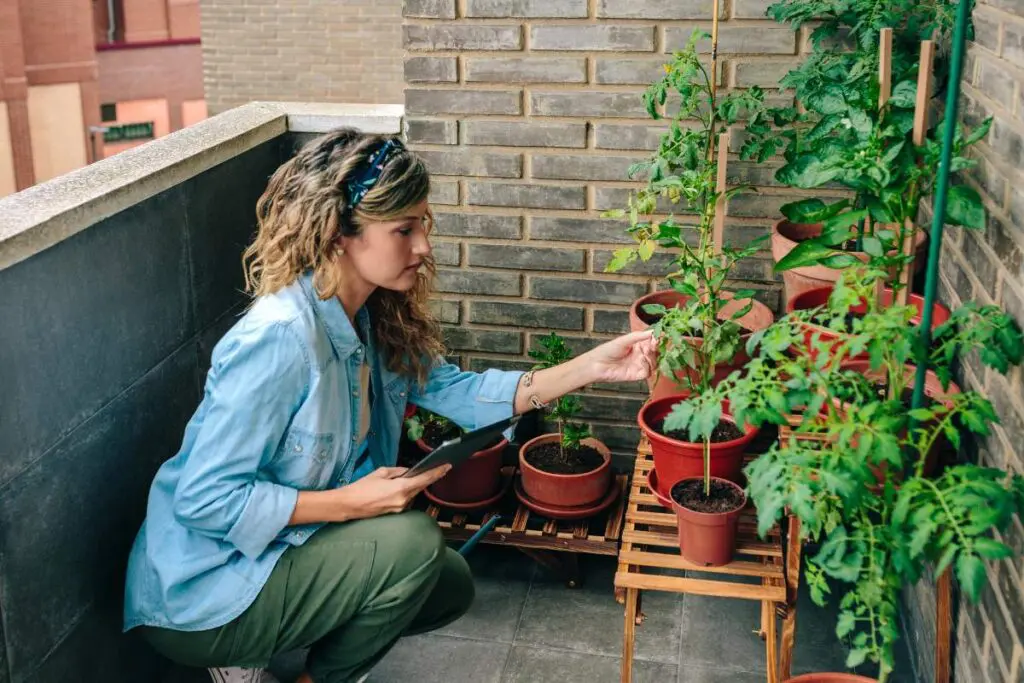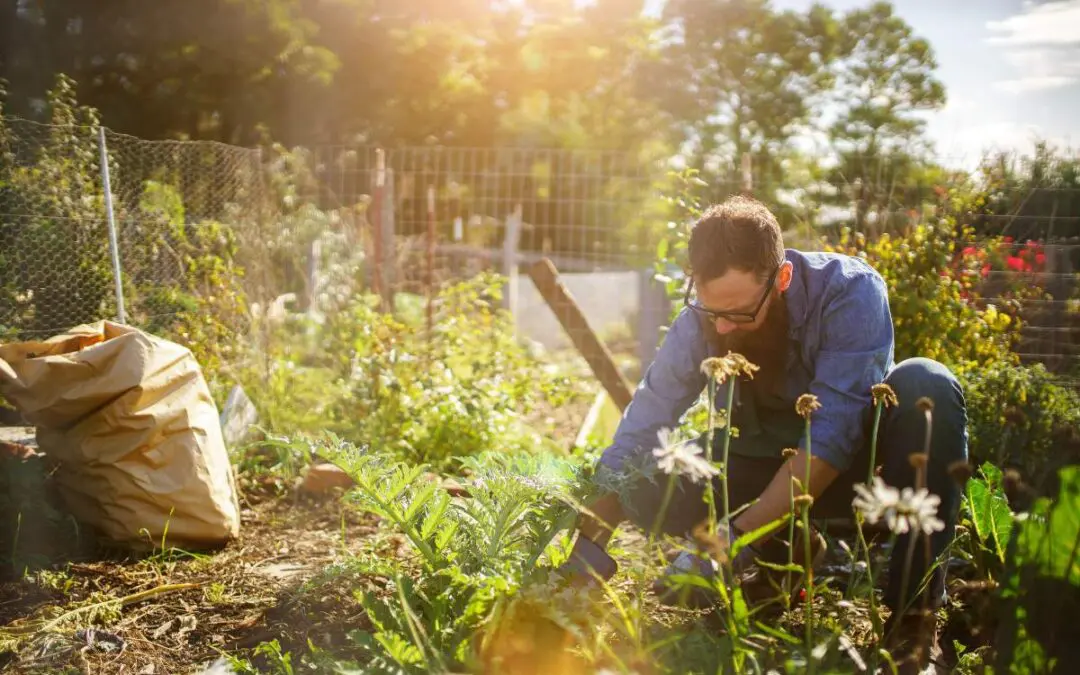Backyard gardening is back. With volatile grocery prices, suspicious ingredient labels, and the rise of “soft living,” more people are ditching supermarkets depending on digging into soil. But let’s be honest: starting a garden can feel overwhelming. What grows where? What if everything dies? Is compost just a thesaurus word for rotting trash? If you’ve ever wanted to feel more grounded, more self-sufficient, or just want your basil to stop wilting before you use it—this guide is for you.
Set the Stage for Success
Before planting a single seed, choose the right location. Sunlight is non-negotiable because most vegetables and herbs will die without at least 6 hours of direct sunlight each day. Good drainage matters too– soggy roots lead to rot and disease, so avoid low-lying areas where water tends to collect.
Every region has its own climate quirks. Find your growing zone using an online lookup tool to understand frost dates to help you choose crops that will thrive in your area.. Once you’ve got your zone, look up the planting calendar that matches it. This will direct you on when to start seeds, when to transplant and when to harvest.
When preparing your soil: test don’t guess. An affordable soil test kit from a local garden center will reveal your pH, nutrient levels, and what amendments you might need. With that, you can enrich your soil with compost. Good compost is dark, crumbly, and smells earthy, adding nutrients, supporting drainage, and improving texture.
Finally, choose your set up:
- Raised beds offer better drainage and control over soil quality. They also reduce strain on your back and deter some pests.
- In-ground gardens make sense if you’ve got rich native soil and lots of space.
- Containers are perfect for patios, balconies, or renters. Just make sure they’re deep enough for root growth and have drainage holes at the bottom.

Choose What to Grow
Start with what you already eat. It’s the simplest way to make your garden useful. Think in terms of meals– what do you toss into your salad, cook with every week, or grab fresh from the store because it never seems to last? These are your garden staples.
- Herbs: Ideal for small spaces and frequent harvests. Herbs grow fast, thrive when trimmed, and don’t need but room. Basil loves heat and sun, parsley stays happy in cooler temps, and rosemary or thyme are nearly impossible to kill in a sunny pot.
- Leafy greens: Perfect for fast, continuous harvests– even in partial shade. They don’t need deep soil and bounce back quickly after trimming. Loose-leaf lettuce, spinach, and chard are all low-maintenance pics with big payoffs.
- Root vegetables: Great for tight spaces and quick results. Most grow underground with little drama. Radishes are ready in a few weeks, carrots are ideal for deep containers, and beets are edible from tip to toe.
- Legumes: Ideal for steady harvests and improving soil health. Beans and peas are nitrogen-fixers, meaning that they naturally enrich your soil while growing it. Bush beans and sugar snap peas are especially easy to grow and will keep producing if picked often.
Remember to keep spacing in mind because overcrowding leads to disease and stunted growth. For bonus points, companion planting can make your garden more resilient and productive.
Ensure Your Garden Thrives
When your plants are in the ground, the real work can begin. A thriving garden is in its maintenance and a little know-how can give your crops a fighting chance. Most of what plants need comes down to routine care and simple habits.
Poor watering is the biggest crop killer. Too much and roots rot, too little and plants wilt. Follow these basics:
- Water early in the day: This gives leaves time to dry before nightfall and reduces disease risk.
- Water at the base, not the leaves: Wet foliage invites mildew and pests.
- Deep, infrequent watering: This encourages stronger roots—shallow daily sprinkling does more harm than good.
Healthy soil is living soil. Your plants pull nutrients from it every time they grow, so replenishing that supply is essential for healthy and prolific yields. Just like our bodies, the soil needs the right balance of minerals and beneficial bacteria to function optimally. Here’s how to stay ahead:
- Top-dress your soil with a 1–2 inch layer of compost every few weeks.
- Make compost tea by steeping finished compost in water for 24–48 hours, then watering with it.
- Use mulch (straw, wood chips, or leaves) to retain moisture, suppress weeds, and keep soil temperature stable.
Without bees, butterflies, and even the occasional wasp, many fruiting vegetables don’t stand a chance. Introduce pollinator friendly flowers like calendula, lavender, sunflowers, and borage to invite them in. Avoid spraying anything toxic or fragrant that may disrupt them, and cluster pollinator plants together so the scent and color draw more attention.
To keep out the pests you don’t want, observation and prevention go further than any pesticide. Start here for easy pest control:
- Neem oil spray: For aphids, mites, and other soft-bodied insects. It’s safe for most plants and works best when applied in the early morning or late evening to avoid leaf burn.
- Hand removal: For larger pests like caterpillars or beetles. Simply pluck them off and drop them into a bucket of soapy water to prevent further damage.
- Row covers: For blocking insect access entirely. These lightweight fabrics physically shield crops like cabbage or squash from flying pests while still letting in light and water.
- Companion plants: For pest distraction and trap cropping. Nasturtiums, for example, attract aphids away from your main crops, making them a natural decoy.

Make It Work in Any Space
You don’t need a backyard—balconies, patios, and even windowsills can support herbs, greens, and compact veggies if you map your sunlight and match plants to the light zones you have:
- Use vertical spaces to your advantage: Grow up, not out using wall planters, trellises, hanging baskets, and tiered stands to maximise yield without taking up precious ground space.
- Choose the right plants for containers: If you have limited space, choose compact fast-growers like basil, lettuces, and cherry tomatoes that thrive in 10-12” pots with good drainage and without sprawling root systems.
- Optimize for drainage, depth, and light: Make sure any pots you use have holes, match container depth to plant needs, and move lightweight pots to follow the sun– or supplement with grow lights in indoor spaces.
- Think long-term and modular: Start small, but build with flexibility, choosing setups that you can scale or rearrange and your needs change.
From Seed to Something Bigger
Gardening is a test of patience, attention, and resilience. When you grow your own garden, you build independence by reclaiming your food, your space, and your energy. When you grow something from seed to plate, you change your relationship with what you eat. So get your hands in some dirt because the first harvest is closer than you think.

